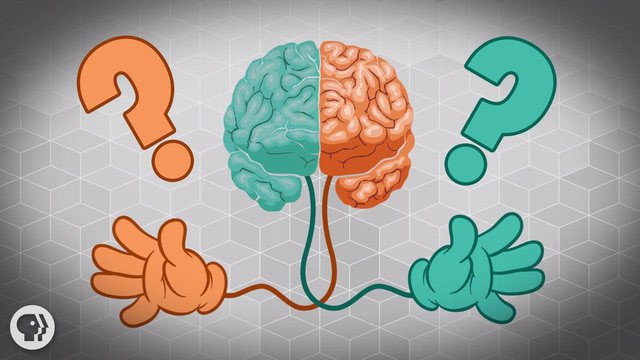Scientists believe that handedness is a complex trait influenced by various factors, including genetics, environment, and chance.
Famous Left-Handed Individuals
According to statistics, left-handed individuals make up only about 10% of the global population, yet many renowned figures belong to this group.
For instance, 3 of the 6 most recent U.S. Presidents are left-handed: George H.W. Bush, Bill Clinton, and Barack Obama.
Additionally, there are numerous “celebrity” figures in various fields who are also left-handed, such as Michelangelo, Leonardo da Vinci, Paul McCartney, David Bowie, Jimi Hendrix, James Baldwin, Nikola Tesla, Oprah Winfrey, Bill Gates, and Steve Jobs.
This is an impressive list. But what does this data imply? Are left-handed individuals smarter than their right-handed counterparts?
To answer this question, researchers examined the differences in mathematical performance between over 2,300 right-handed and left-handed students aged 6 to 17 in Italy.
According to a 2017 study published in the journal Frontiers, while there was no significant difference in easier math problems, left-handed students showed a considerable advantage in more challenging tasks.
So why might a person’s handedness relate to their mathematical abilities?

U.S. President Barack Obama writing left-handed
Specifically, left-handedness is associated with some surprising differences in brain structure. A 1995 meta-analysis of 43 studies published in Psychobiology found that left-handed individuals often have a larger corpus callosum compared to right-handed individuals.
“The stronger connectivity between the two hemispheres allows left-handed individuals to have stronger spatial abilities. We know that spatial ability is related to mathematics because math is often conceptualized in space,” stated Giovanni Sala, an associate professor at the Comprehensive Health Science Institute at Fujita Health University in Japan.
Spatial ability refers to the capacity to understand, reason, and remember the visual and spatial relationships between objects or spaces.
Spatial ability encompasses the use of non-verbal information or individual differences in performing spatial tasks; it involves the ability to create, maintain, and manipulate abstract images.
Spatial thinking is a higher-level cognitive activity that includes analyzing, comparing, evaluating, and synthesizing spatial objects influenced by the central nervous system.
Are Left-Handed Individuals Smarter?

Some studies have found that intelligent individuals are often left-handed. (Illustration: Getty).
Many scientists believe that handedness is a complex trait influenced by multiple factors, including genetics, environment, and chance. The preference for using a dominant hand develops before birth, becoming more apparent in childhood and throughout a person’s life.
Some studies have shown that intelligent individuals are often left-handed. For example, a 2007 study published in the Journal of the Indian Academy of Applied Psychology revealed that among 150 participants, left-handed individuals significantly outperformed right-handed individuals on intelligence tests.
Another study published in the journal Neurology in 2019 found genetic differences between left-handed and right-handed individuals. Analyzing data from approximately 400,000 people, scientists discovered that the left and right hemispheres connect better and coordinate more harmoniously in areas related to language among left-handed individuals.
These characteristics suggest that left-handed individuals might possess superior verbal skills.
However, in some cases, it may depend on how a person became left-handed.

Are left-handed individuals smarter?
“Handedness is a very complex trait, and being left-handed can be an advantage or a disadvantage depending on the underlying reasons,” expert Sala explained to Live Science. “Sometimes, left-handedness is caused by certain types of brain damage when the right hemisphere takes over due to some damage in the left hemisphere.”
According to a 1985 study published in Brain and Cognition, such damage can occur from injury to the hemisphere before surgery. If damage occurs in the left hemisphere, it may compel an individual to predominantly use the right half of the brain.
Since the brain hemispheres have a cross-lateral function (meaning the left hemisphere controls the right side of the body and vice versa), a dominant right hemisphere can lead to left-handedness.
This phenomenon is referred to as “pathological left-handedness” and emphasizes that it may lead to learning difficulties. In other words, sometimes left-handedness is accompanied by learning challenges.
Moreover, left-handedness has not always been viewed positively. In a 1936 book titled “Preventing and Correcting Left-Handedness in Children” by J.W. Conway, left-handedness was described as a “disease” as serious and problematic as rickets and pneumonia.


















































